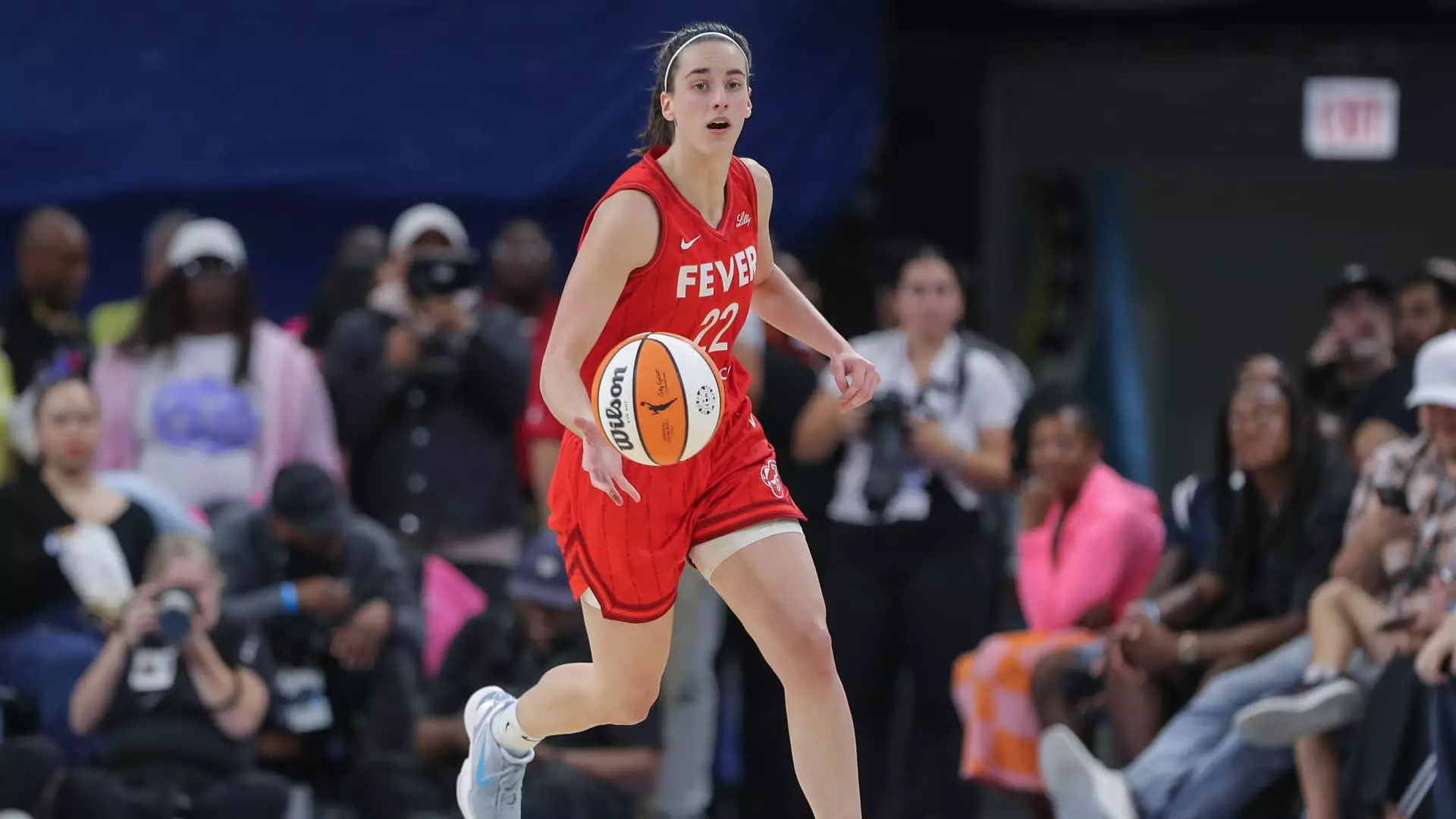The recent multiyear media rights agreement between the WNBA and E.W. Scripps marks a pivotal moment not just for women’s basketball, but for women’s sports as a whole. As the WNBA secures dedicated broadcasting on Ion for its Friday night matchups, it’s not merely about games—it symbolizes a broader recognition of female athleticism and professional sports that has been historically underappreciated. The introduction of the “WNBA on Ion” studio show showcases a serious commitment to elevating the visibility of women athletes, allowing fans to dive deeper into stories that matter.
A Sustainable Future for Women’s Basketball
It’s easy to overlook the numbers, but when you dissect the statistics wrapped around this deal, they tell a compelling story. With 50 regular season games to be aired, Ion intends to reach over 128 million households, enhancing accessibility to the WNBA’s growing fan base. This isn’t just a deal; it’s an investment in the future of women’s basketball. When we consider the reported 133% growth in viewership, it’s clear that the appetite for women’s sports is burgeoning, and networks must adapt quickly to catch up.
Breaking down the average of $13 million annually from the previous deal helps contextualize the current conversation. While millions sound generous, we must think critically about the valuation of women’s sports. As the WNBA garners stars like Caitlin Clark and Angel Reese, who have quickly become household names, this partnership could very well be just the beginning. The collective narrative of women’s sports is shifting; no longer are they just footnotes in the annals of sports history. Instead, they’re making history in real-time, demanding and receiving the attention they deserve.
The Importance of Representation
It’s astonishing to witness how WNBA Commissioner Cathy Engelbert articulates the importance of partnerships such as this. Engaging with mainstream media is essential for expanding the league’s reach and enhancing visibility. Visibility is crucial for representation, especially in a sporting landscape dominated by male athletes and narratives. Thanks to this agreement, a broader audience can appreciate the talent, dedication, and sheer brilliance of female athletes, pushing the boundaries of traditional sports narratives.
This enhanced visibility also serves as a challenge to entrenched stereotypes about women in sports. With relevant dialogues about equity in representation and financial investment, one wonders if this momentum can cascade into other sectors of women’s sports. The WNBA, armed with this new partnership, leads the charge, but it’s imperative for other leagues and sports organizations to follow suit.
Are We Ready to Take Women’s Sports Seriously?
What we are witnessing is not merely a win for the WNBA but a strong hint that women’s sports are finally getting a seat at the negotiating table. However, while this progress is commendable, it cannot be understated how long overdue this moment is. Despite a record-breaking media rights deal with Disney, Amazon, and NBCUniversal valued at approximately $200 million per year, the critical question remains—are we prepared to embrace women’s sports with the same fervor as their male counterparts?
Thus, while this new chapter seems optimistic, let’s hold the WNBA and its partners accountable. The time for token promotions and superficial coverage is over. Genuine commitment to harnessing the potential of women’s sports cannot simply be a trend; it must be a fundamental shift.

Leave a Reply